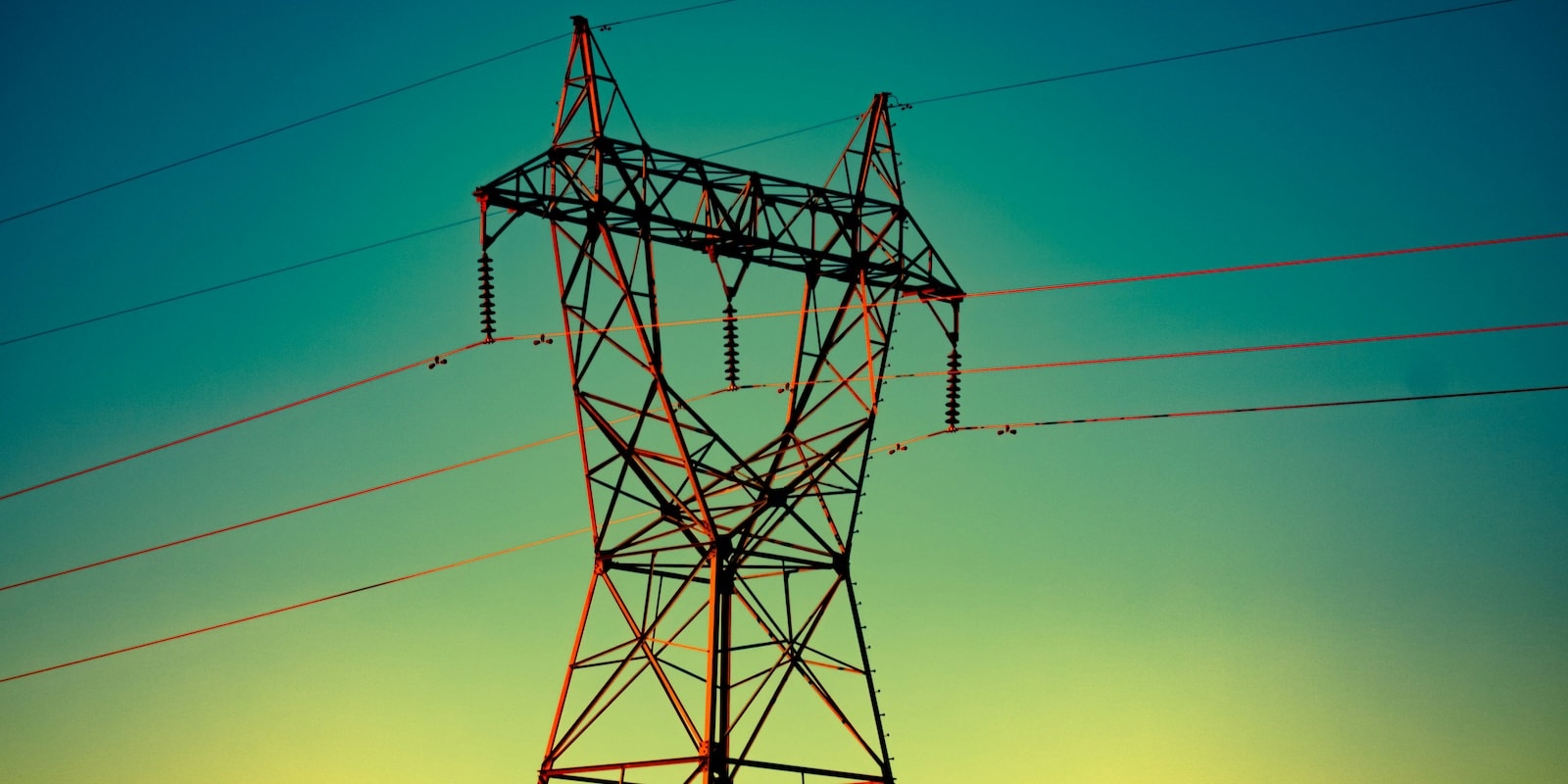Tuesday, August 12, 2025
Almost any urban center in Spain can become an ideal setting for capturing photovoltaic energy: the rooftops of residential buildings, public administration buildings, sports facilities, and industrial facilities offer excellent locations to take advantage of the abundant sun in the country through solar panels or roofs. But is it truly viable?
Photovoltaic solar energy has experienced a significant boost in recent years. According to data from the International Energy Agency (IEA), by the end of 2024 there were 2,246 GW of photovoltaic capacity installed worldwide, of which 602 GW were estimated to have been incorporated in the last year. In countries like Spain, this energy source accounts for 24% of the electricity supply, with a total cumulative capacity of 47.2 GW in 2024.
According to the IEA, out of the 600 GW of new photovoltaic capacity added in 2024, just over 200 GW corresponded to the distributed model. This system generates electricity through small-scale systems, located close to where they are to be consumed. One of the most common systems is solar self-consumption through photovoltaic panels. Spain, at the end of 2024, had 8.13 GW, of which 1.18 GW were added during that same year, according to data from the Spanish Photovoltaic Union. Their director of Self-Consumption, Irene Real, recalls that the objective of the National Energy and Climate Plan is 19 GW by 2030: "We are doing well, but we have to be better". To achieve this, the challenge is to install at least 1.8 GW per year.
Taking advantage of rooftops
How can that figure be reached? One of the answers lies in our own homes, or public buildings, industrial warehouses, etc. According to a 2024 report, our country has at least 10 million roofs with the potential to accommodate photovoltaic installations. For José Luis de Vicente Romeral, director of the Master's Degree in Renewable Energies at the International University of La Rioja (UNIR), expanding the network of collectors to any roof exposed to solar radiation "would be perfectly possible, especially for this energy to be self-consumed, thus reducing energy dependence on the grid".
At the regulatory level, Royal Decree 244/2019, of April 5, establishes the regulatory framework for the self-consumption of electricity in Spain. The legislative change was a significant boost for the Government's plans in the field of renewable energies, by reducing bureaucratic burden and facilitating development, as explained by Jose Luis Vicente Romeral. As Irene Real points out, a new Royal Decree is currently being worked on. After closing the public consultation process, the Ministry is reviewing the proposals received. The Spanish Photovoltaic Union (UNEF) points out several improvements, such as simplified processing for installations with up to 500 kW of power injected to the grid; an expansion of the maximum distance between generation point and consumption (currently limited to two kilometers, up to five); and the promotion of collective self-consumption, with measures such as the possibility of sharing surplus energy between neighbors. "After six years, we now have a framework that can be expanded to allow for more implementation," Real summarizes.
In order to expand the development of solar roofs in Spain, a number of tax incentives have been implemented. According to UNEF data, 67% of Spanish municipalities promote self-consumption through reductions in Property Tax (IBI). In addition to this, there may be possible reductions in other municipal taxes, such as the Tax on Construction, Installation and Works (TCIO) and the Tax on Economic Activities (TEA).
"Expanding the network for solar energy collection would be beneficial for self-consumption in generation points such as a home or small industry, as it would undoubtedly improve the energy and economic sustainability of these points," notes de Vicente, adding that in this scenario an investment in distribution infrastructure would be necessary to address network fragmentation. "Whenever it is nearby, generation and consumption is very beneficial for the grid," explains Irene Real, Director of Self-Consumption at UNEF.
Precisely, Real also emphasizes the environmental benefits of generating clean energy and decarbonizing the system, in addition to direct savings for consumers. "If you have storage, it allows that energy generated during the day to be used at other times of the night, even achieving almost 100% independence."
Energy savings and economic benefits, environmental benefits, energy independence and network decongestion: solar roofs are emerging as a realistic and lasting solution to the challenges of future electricity demand.
¿Te ha parecido interesante?





